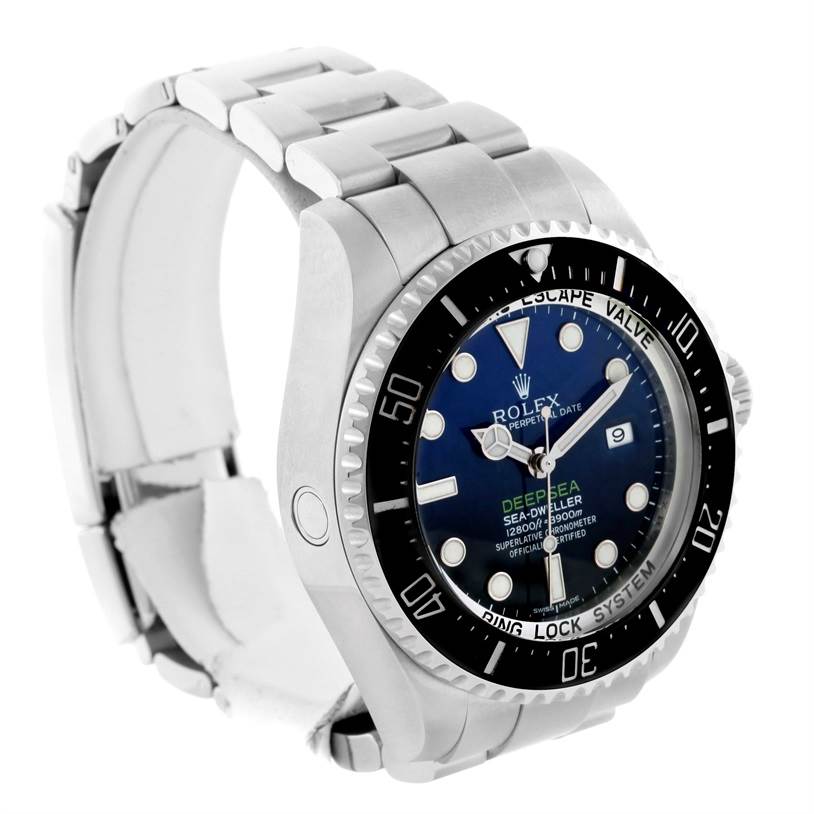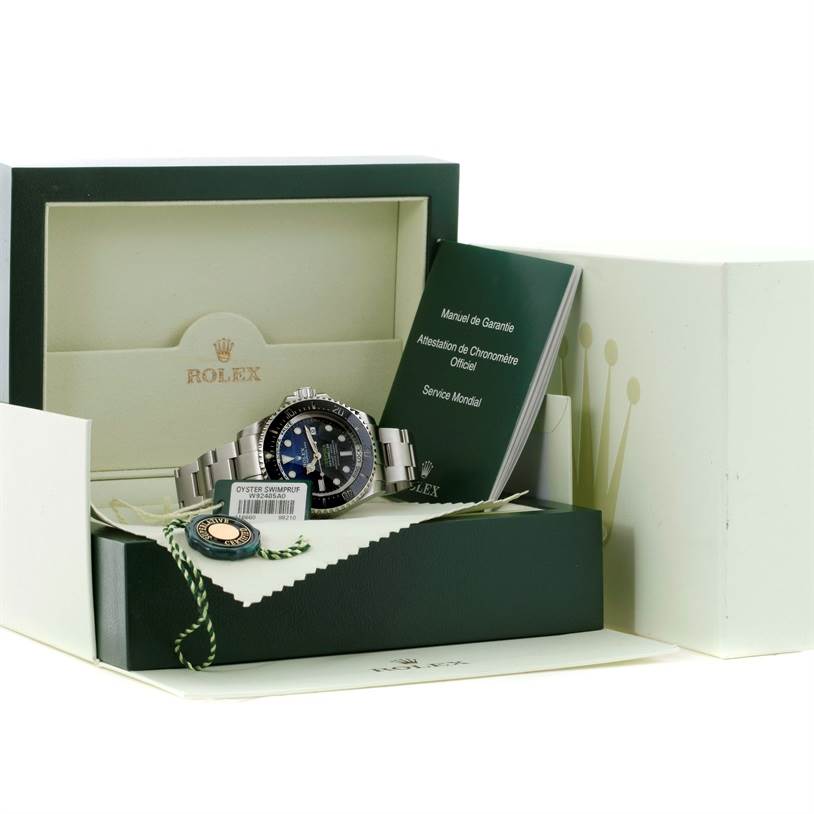Rolex Submariner undeniably claims the throne as the brand’s most coveted timepiece in today’s market; the Rolex Cosmograph Daytona doesn’t merely settle for second place; it stakes its claim as quite possibly the most feted, analyzed, and fixated-upon watch on the planet. However, the ascent of this copy watch to such a prestigious pedestal wasn’t always a predetermined trajectory. In the following discourse, we shall delve into the annals of the Rolex racing watch’s history, tracing its journey from a relatively obscure and tepid seller to its present exalted status – a timepiece coveted enough to shatter records and command astronomical prices. Given the intricate tapestry of its lineage, this Daytona saga shall be presented in three distinct segments. Finally, we will conclude our narrative with a captivating glimpse into the top three Rolex replica watches that have dominated the past half-decade.
Hans Wildorf, an innovator not confined to revolutionizing the technical aspects of wristwatches, demonstrated his prowess as a marketing visionary, propelling his brand into uncharted spheres of public recognition. Simultaneously, the automobile industry was traversing a parallel path of advancement, metamorphosing cars from merely mechanized carriages into the emblematic symbols of progress and affluence that they symbolize today. Daytona Beach would evolve into the illustrious Daytona International Speedway, hosting the preeminent NASCAR race to this day – the Daytona 500.
Campbell, a steadfast Rolex wearer, graced magazine spreads and newspaper advertisements for the brand, all while sporting the distinctive Rolex Oyster models, eschewing the then-prevalent chronographs. Chronograph, derived from the Greek “chronos” and “grapho,” translates to “writing of time” – a precision instrument activated by one or two pushers to commence and halt the sweeping seconds hand, serving as the quintessential tool for accurately timing laps on the racetrack.
The second iteration of reference 6238 earned the moniker “Pre-Daytona” among collectors. This rendition introduced contemporary baton-style hands, faceted hour markers, and monochromatic dials in shades of silver, black, and ardoise. While the telemeter scale was retired, the tachometer scale persevered on the dial. Of paramount significance, fake Rolex customized nearly 40% of the Valjoux calibre 72 chronograph movement, leading to the emergence of the 72 B and, subsequently, the 722 (1965-1967).
The silver-dialed forebear of the Rolex Daytona found an iconic moment in the spotlight as Australian actor George Lazenby adorned it during his sole portrayal of James Bond in “On Her Majesty’s Secret Service” (1969). Not yet graced with the appellation “Oyster,” this iteration lacked the hallmark screw-down crown and pushers.

